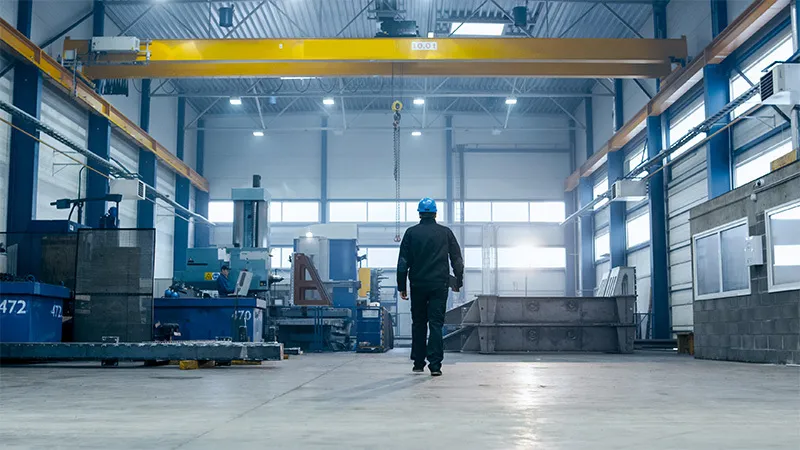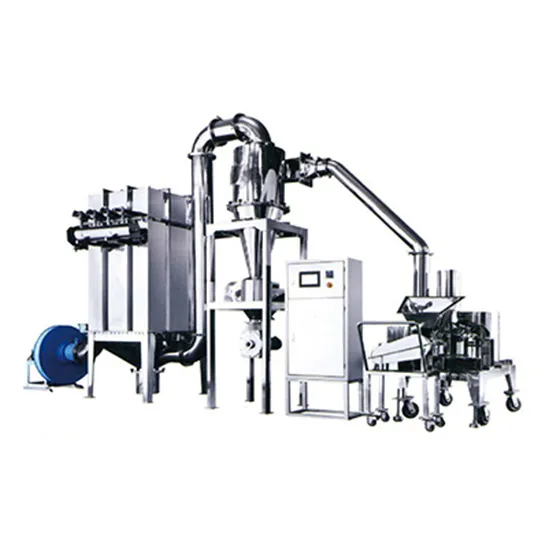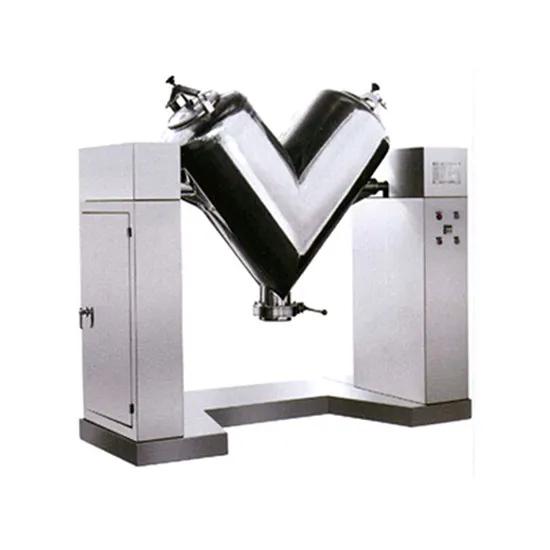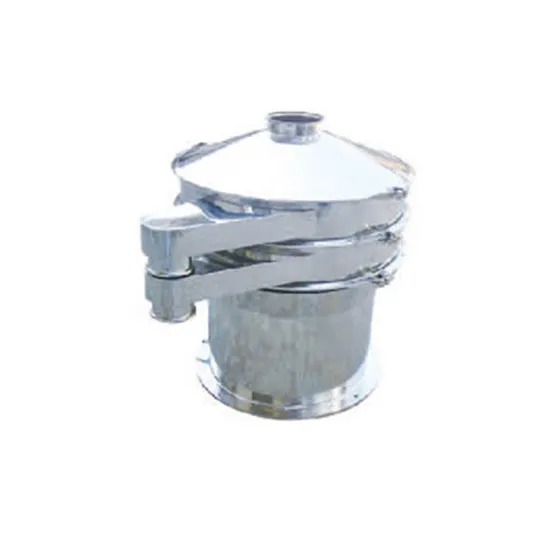NEWS
Understanding Wet Granulation Equipment: A Key to Efficient Pharmaceutical Manufacturing
Oct 31,2025
Wet granulation is a widely used process in the pharmaceutical and chemical industries, primarily aimed at improving the flow and compressibility of powders. The process involves the agglomeration of fine powders into larger granules, which significantly enhances the uniformity, stability, and bioavailability of the final product. Wet granulation equipment is specifically designed to facilitate this process, ensuring optimal results for manufacturers.
The primary components of wet granulation equipment include mixers, granulators, and dryers. The process typically begins with blending the active pharmaceutical ingredients (APIs) and excipients in a mixer. Once the powder mixture is homogenous, a liquid binder is added, which helps to create the granules. This mixing stage is crucial, as the right amount of binder determines the granule size and quality.
Following the mixing phase, the mixture is subjected to granulation, where the wet mass is transformed into granules of desired sizes. Various types of granulators, such as high-shear granulators, fluid bed granulators, and low-shear granulators, can be employed depending on the specific requirements of the formulation. Each type of granulator operates on different principles, catering to diverse processing needs, such as granule size, density, and moisture content.
Once granules are formed, they must be dried to remove excess moisture, which is where the drying component of the wet granulation equipment comes into play. Efficient drying is critical for ensuring that the granules maintain their integrity and do not clump together. Dryers, such as fluid bed dryers and tray dryers, are utilized to achieve the desired moisture levels in the granules, further enhancing their flowability and stability.
The advantages of using wet granulation equipment are manifold. This process not only improves the physical properties of the powders, but it also enhances the solubility and bioavailability of poorly soluble drugs. Moreover, wet granulation allows for better distribution of active ingredients, reducing the risk of segregation, which can occur during the manufacturing process. Additionally, the uniformity of granule size achieved through wet granulation contributes to more consistent tablet quality and performance.
In conclusion, wet granulation equipment is essential for pharmaceutical manufacturers looking to optimize their production processes. By understanding the mechanisms and benefits of this equipment, companies can enhance product quality, streamline operations, and ultimately improve patient outcomes. As the industry continues to evolve, the role of wet granulation will remain pivotal in the development of effective and reliable pharmaceutical formulations.
The primary components of wet granulation equipment include mixers, granulators, and dryers. The process typically begins with blending the active pharmaceutical ingredients (APIs) and excipients in a mixer. Once the powder mixture is homogenous, a liquid binder is added, which helps to create the granules. This mixing stage is crucial, as the right amount of binder determines the granule size and quality.
Following the mixing phase, the mixture is subjected to granulation, where the wet mass is transformed into granules of desired sizes. Various types of granulators, such as high-shear granulators, fluid bed granulators, and low-shear granulators, can be employed depending on the specific requirements of the formulation. Each type of granulator operates on different principles, catering to diverse processing needs, such as granule size, density, and moisture content.
Once granules are formed, they must be dried to remove excess moisture, which is where the drying component of the wet granulation equipment comes into play. Efficient drying is critical for ensuring that the granules maintain their integrity and do not clump together. Dryers, such as fluid bed dryers and tray dryers, are utilized to achieve the desired moisture levels in the granules, further enhancing their flowability and stability.
The advantages of using wet granulation equipment are manifold. This process not only improves the physical properties of the powders, but it also enhances the solubility and bioavailability of poorly soluble drugs. Moreover, wet granulation allows for better distribution of active ingredients, reducing the risk of segregation, which can occur during the manufacturing process. Additionally, the uniformity of granule size achieved through wet granulation contributes to more consistent tablet quality and performance.
In conclusion, wet granulation equipment is essential for pharmaceutical manufacturers looking to optimize their production processes. By understanding the mechanisms and benefits of this equipment, companies can enhance product quality, streamline operations, and ultimately improve patient outcomes. As the industry continues to evolve, the role of wet granulation will remain pivotal in the development of effective and reliable pharmaceutical formulations.
More News










